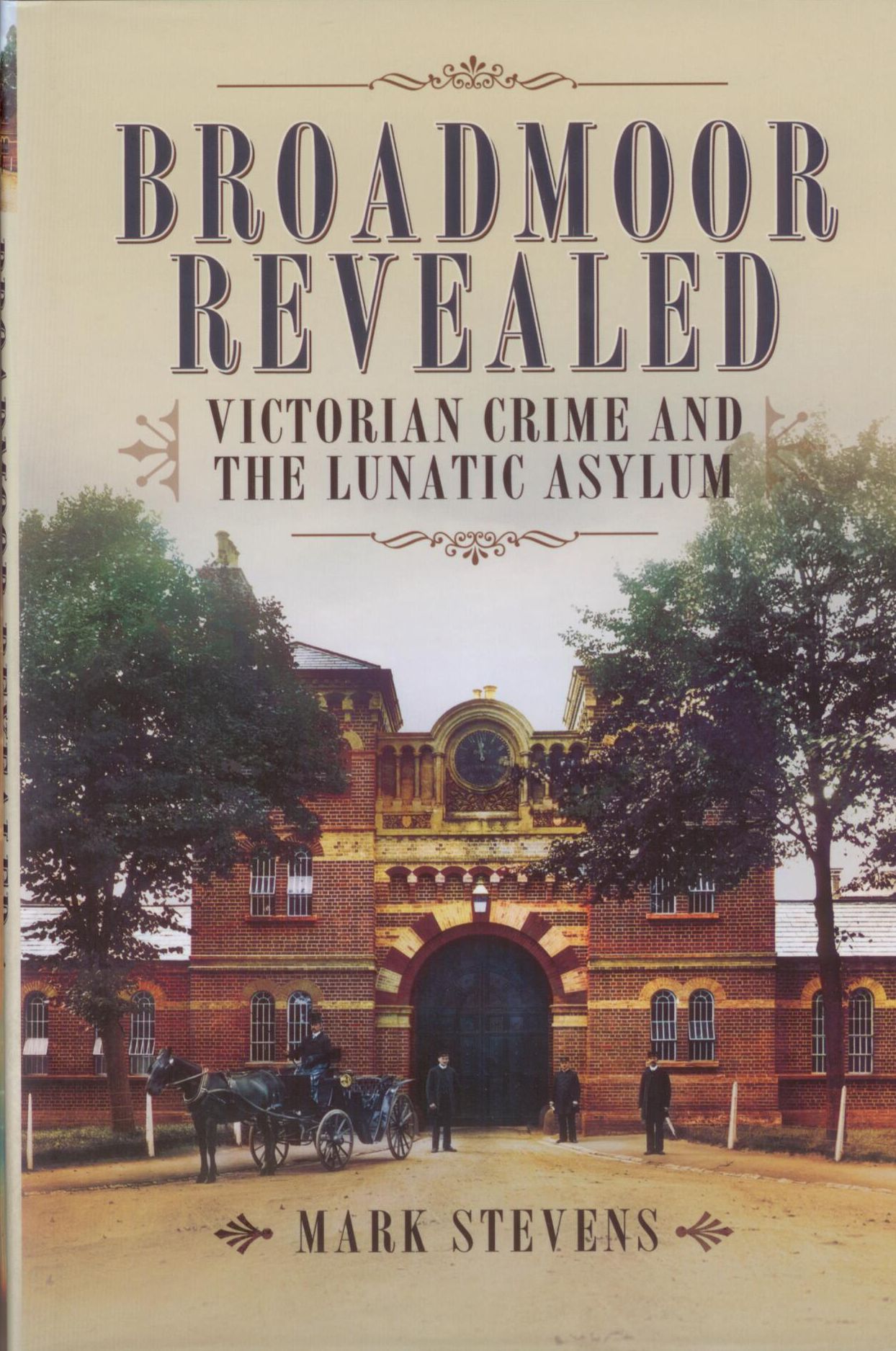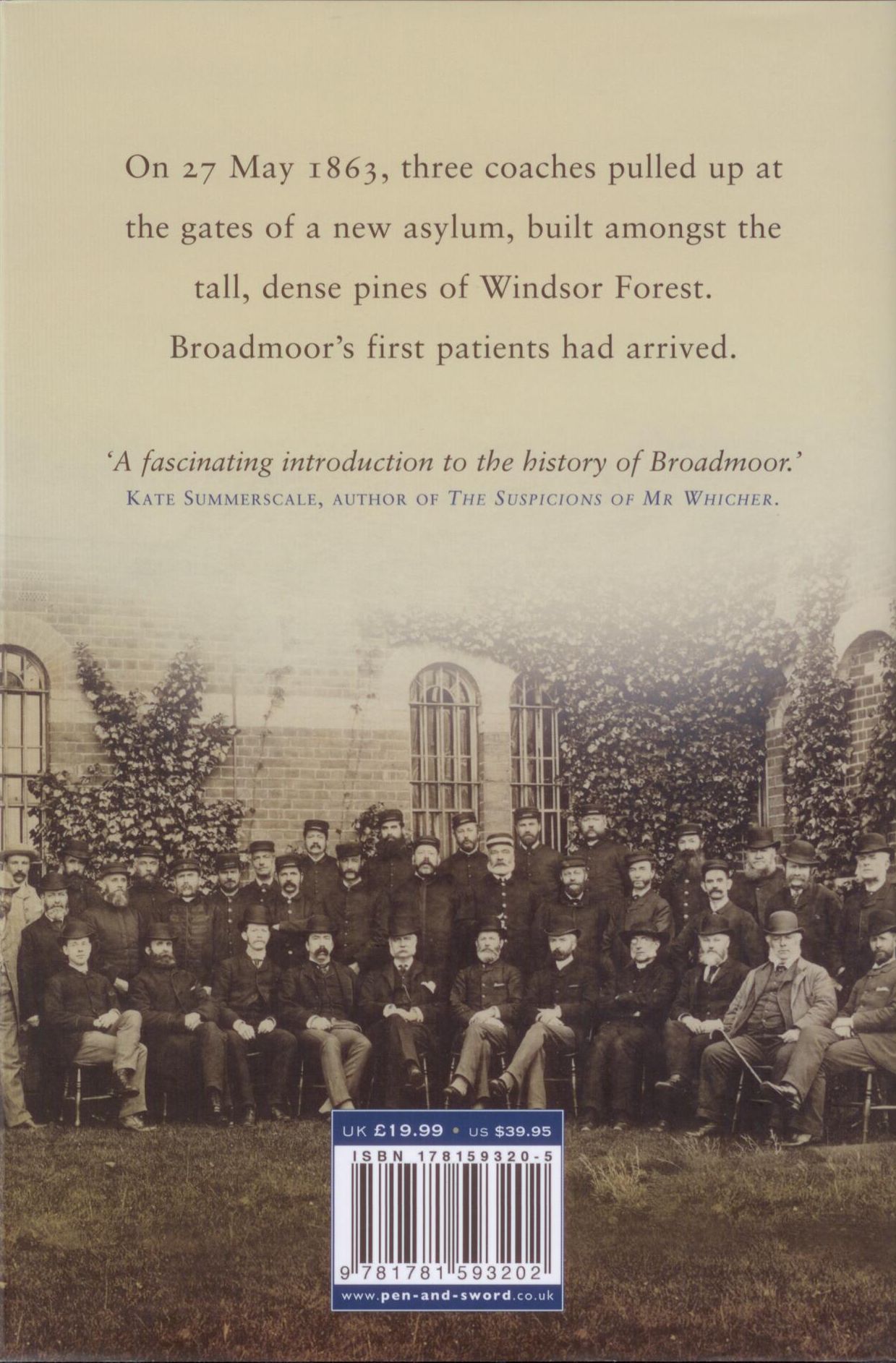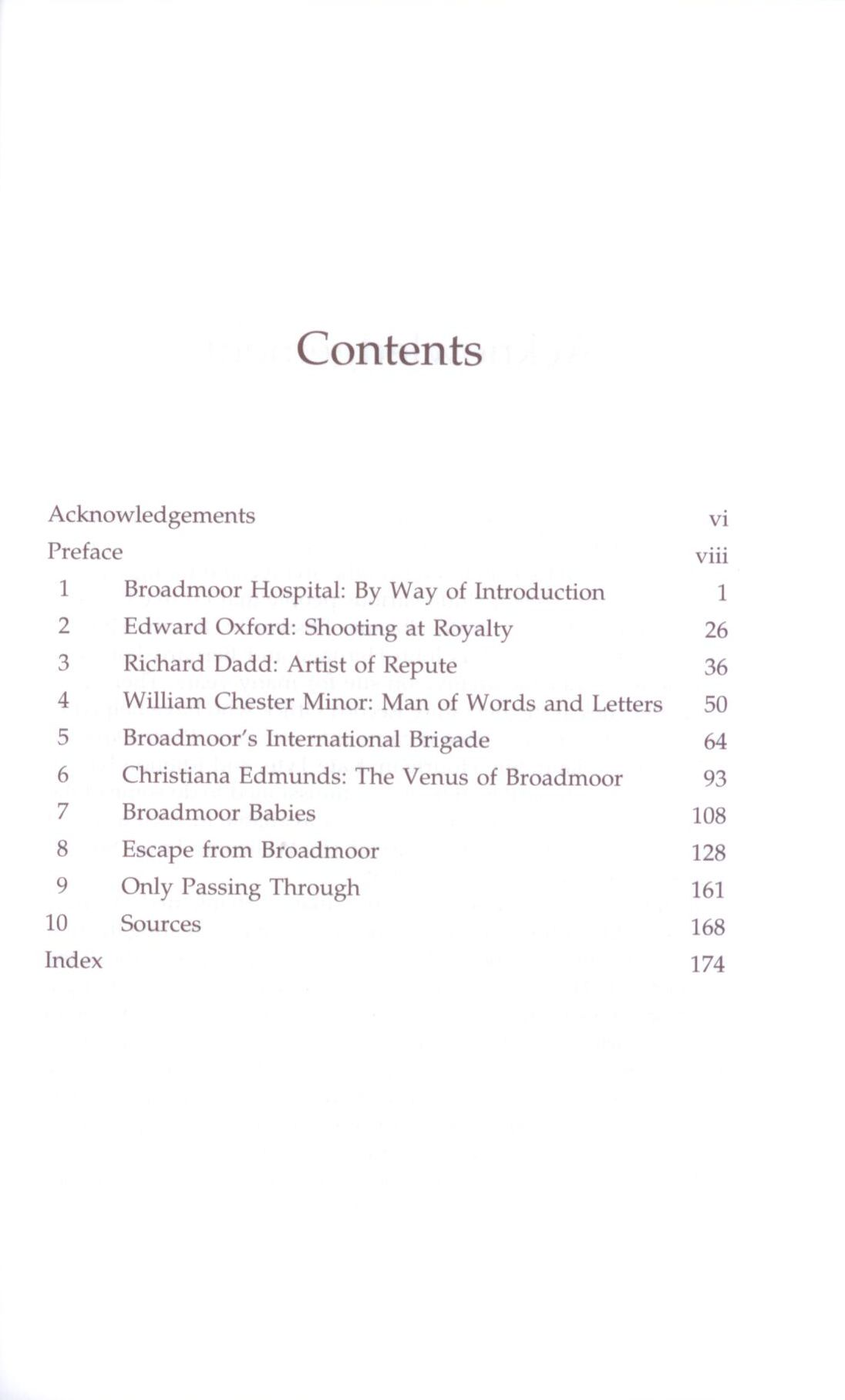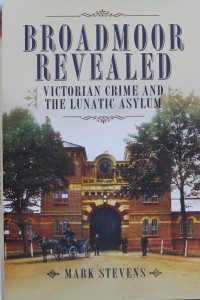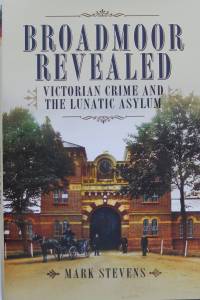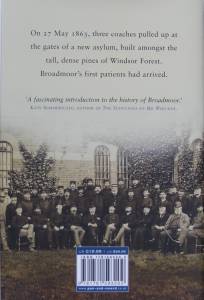Broadmoor Revealed – Victorian Crime and the Lunatic Asylum
£12.99
LOW PRICE! Mark Stevens of the Berkshire Record Office reveals what life was like for the criminally insane 100 years ago. Mark has uncovered the lost lives of patients whose mental illnesses led them to become involved in crime.
Out of stock
Description
LOW PRICE! Mark Stevens of the Berkshire Record Office reveals what life was like for the criminally insane 100 years ago. Mark has uncovered the lost lives of patients whose mental illnesses led them to become involved in crime.
Mark Stevens, (Pen and Sword Social History, 2013) hardcover, 192 pp ISBN: 1-78159320-5
Mark Stevens is well known to readers of The Berkshire Family Historian with his regular The view from next door articles. A professional archivist, he is clearly keen to bring his in-depth knowledge and interest of Broadmoor and its archives into greater public consciousness. This book, was first published in 2011 and is now revised and expanded in this new edition.
As one would expect, the content of the book is carefully researched, both from the Broadmoor archives, contemporary newspaper and court reports, and in some cases particular patient biographies. The author has taken pains to ensure that a balanced view of the hospital, its activities and patients, is presented to the reader. While devoting chapters to some of the best known and best documented patients and the work of the hospital staff, he also sheds light on the lives of the less fortunate patients. Thus it is that the first chapter covers the founding of the hospital and the way its buildings facilitated control and treatment of patients. The next five chapters take the reader through the lives and treatment of several well-known patients, and touch upon a coterie of unfortunate foreign in-patients. The remaining chapters discuss the escapes from the hospital (and inter alia the lives of the escapees) and the authorities’ subsequent responses to those events; recount a sad litany of the babies born in the hospital and their mothers’ illnesses; and finally a description of the author’s own first visit to the secure areas of the hospital.
Understandably the book confines itself mainly to the Victorian period, where records are more freely available, and during which period the most change in buildings and treatment regime took place, as experience of dealing with different classes of patient was gained. The book is well-written and very readable. What does shine through the whole text is the care and humane treatment of patients by the hospital staff and authorities. The occasional necessity to treat the most recalcitrant and violent patients more harshly than the norm was clearly unwelcome to the medical staff, and was applied reluctantly against their preferred moral and social reintegration treatment ethos. All in all a very satisfying and informative book, and thoroughly recommended to our readers.
Tony Roberts
Additional information
| Weight | 575 g |
|---|---|
| Dimensions | 170 × 240 cm |



